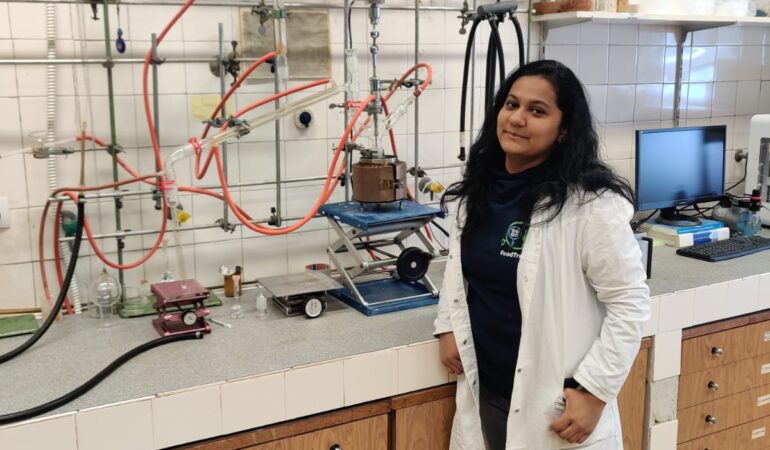Kraft Lignin/Tannin as a Potential Accelerator of Antioxidant and Antibacterial Properties in an Active Thermoplastic Polyester-Based Multifunctional Material
This research focuses on key priorities in the field of sustainable plastic composites that will lead to a reduction in CO2 pollution and support the EU’s goal of becoming carbon neutral by 2050. The main challenge is to develop high-performance polyphenol-reinforced thermoplastic composites, where the use of natural fillers replaces the usual chemical additives with
Organic acid cross-linked 3D printed cellulose nanocomposite bioscaffolds with controlled porosity, mechanical strength, and biocompatibility
Herein, we fabricated chemically cross-linked polysaccharide-based three-dimensional (3D) porous scaffolds using an ink composed of nanofibrillated cellulose, carboxymethyl cellulose, and citric acid (CA), featuring strong shear thinning behavior and adequate printability. Scaffolds were produced by combining direct-ink-writing 3D printing, freeze-drying, and dehydrothermal heat-assisted cross-linking techniques. The last step induces a reaction of CA. Degree of
First Insights into the Antiviral Activity of Chitosan-Based Bioactive Polymers towards the Bacteriophage Phi6: Physicochemical Characterization, Inactivation Potential, and Inhibitory Mechanisms
Interfacial adsorption is a major concern in the processing of biopharmaceutics as it not only leads to a loss of protein, but also to particle formation. Protein particle formation during peristaltic pumping is linked to interfacial adsorption to the tubing and subsequent tearing of the formed protein film. In the current study, driving forces and
Catching Speedy Gonzales: Driving forces for Protein Film Formation on Silicone Rubber Tubing During Pumping
Interfacial adsorption is a major concern in the processing of biopharmaceutics as it not only leads to a loss of protein, but also to particle formation. Protein particle formation during peristaltic pumping is linked to interfacial adsorption to the tubing and subsequent tearing of the formed protein film. In the current study, driving forces and

Secondment
Madalina Elena Culica, Razvan Rotaru, Dana Bejan, Adina Coroaba, Tamilselvan Mohan, Sergiu Coseri
